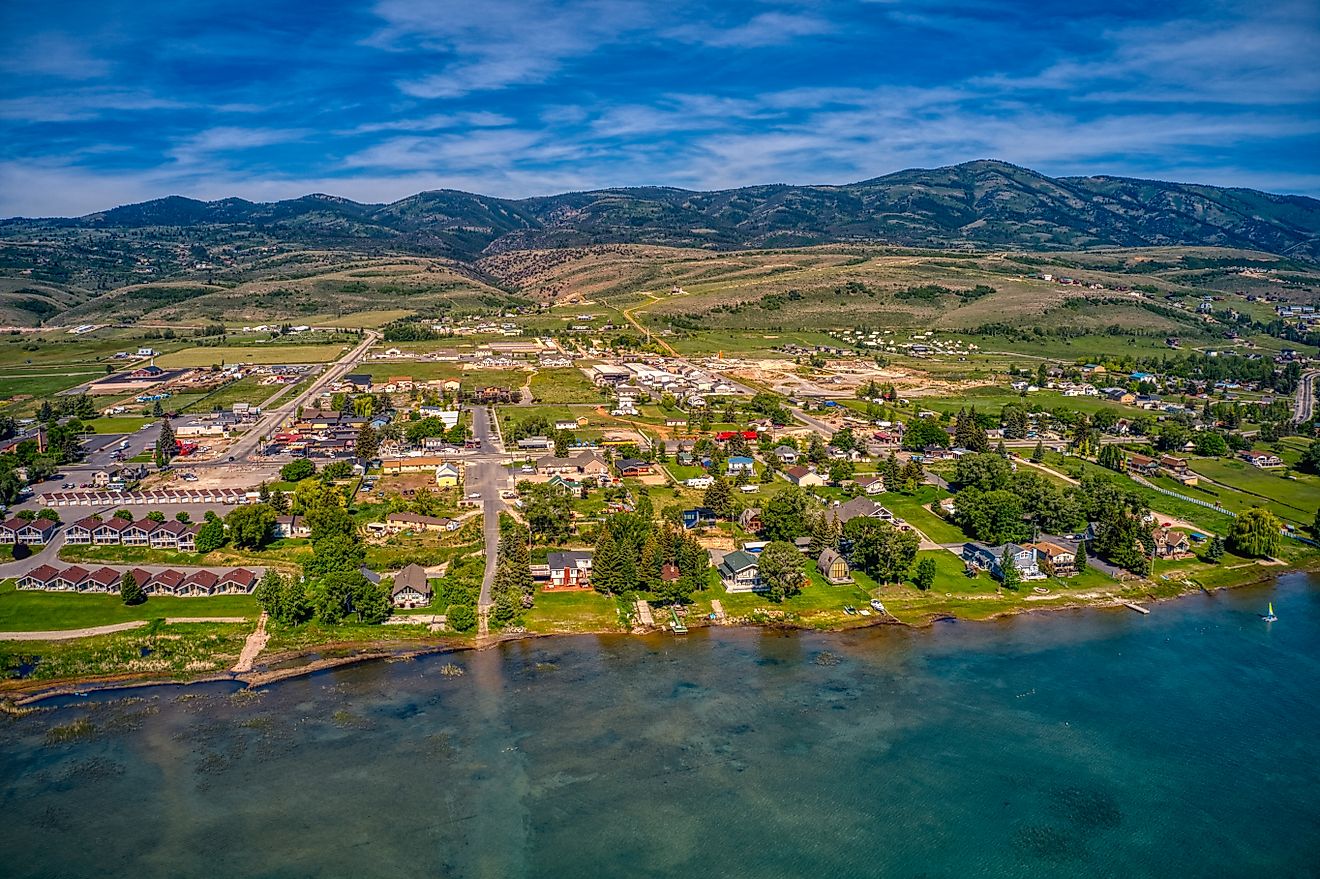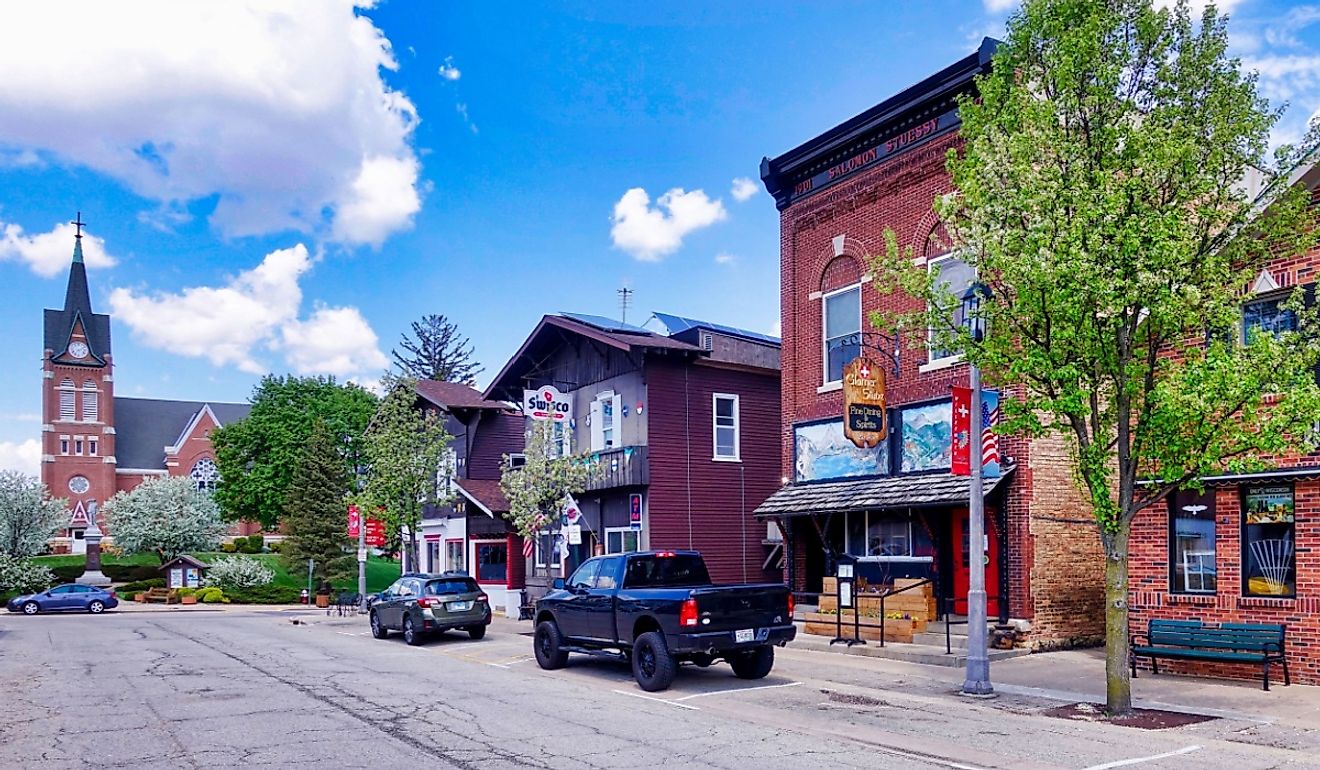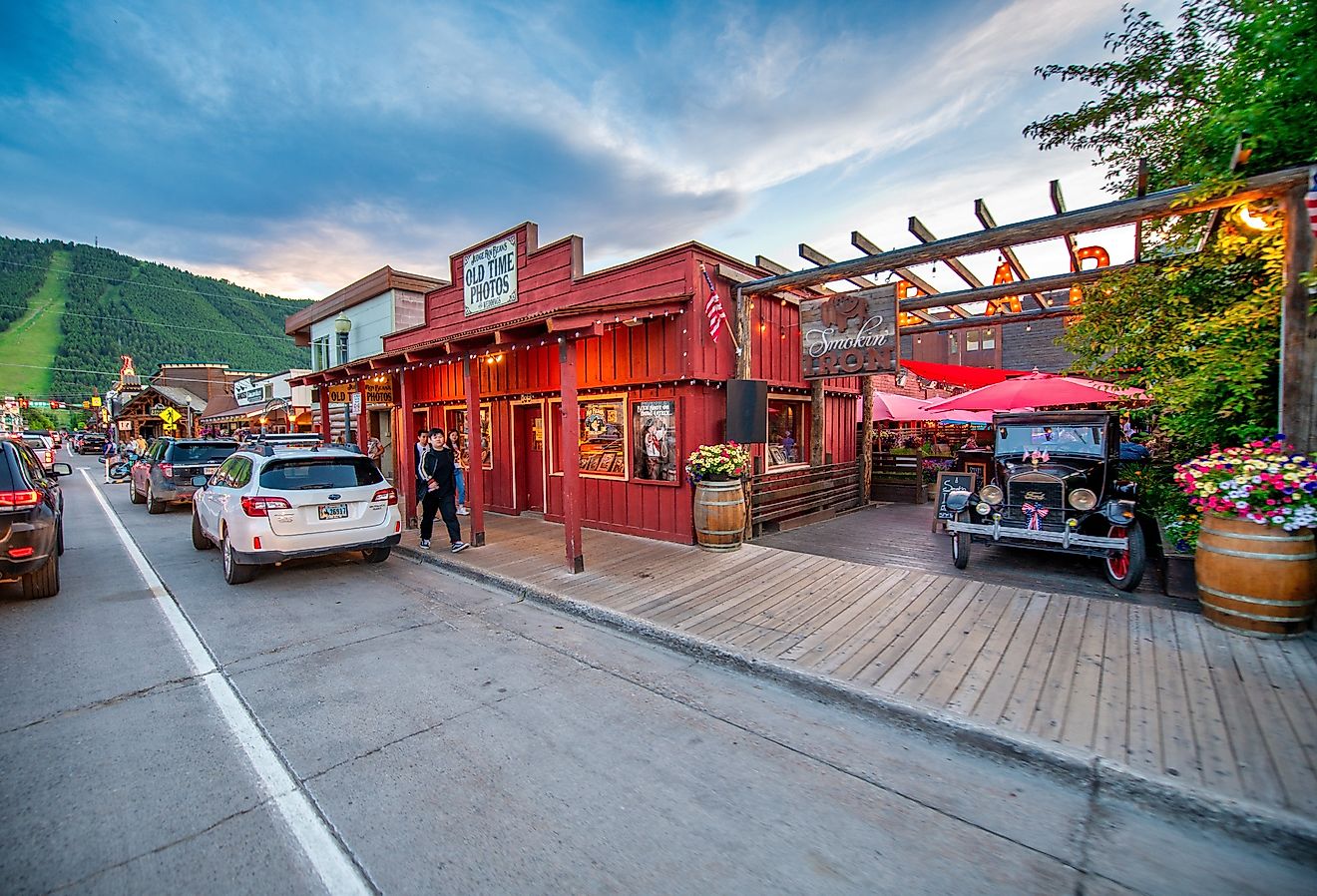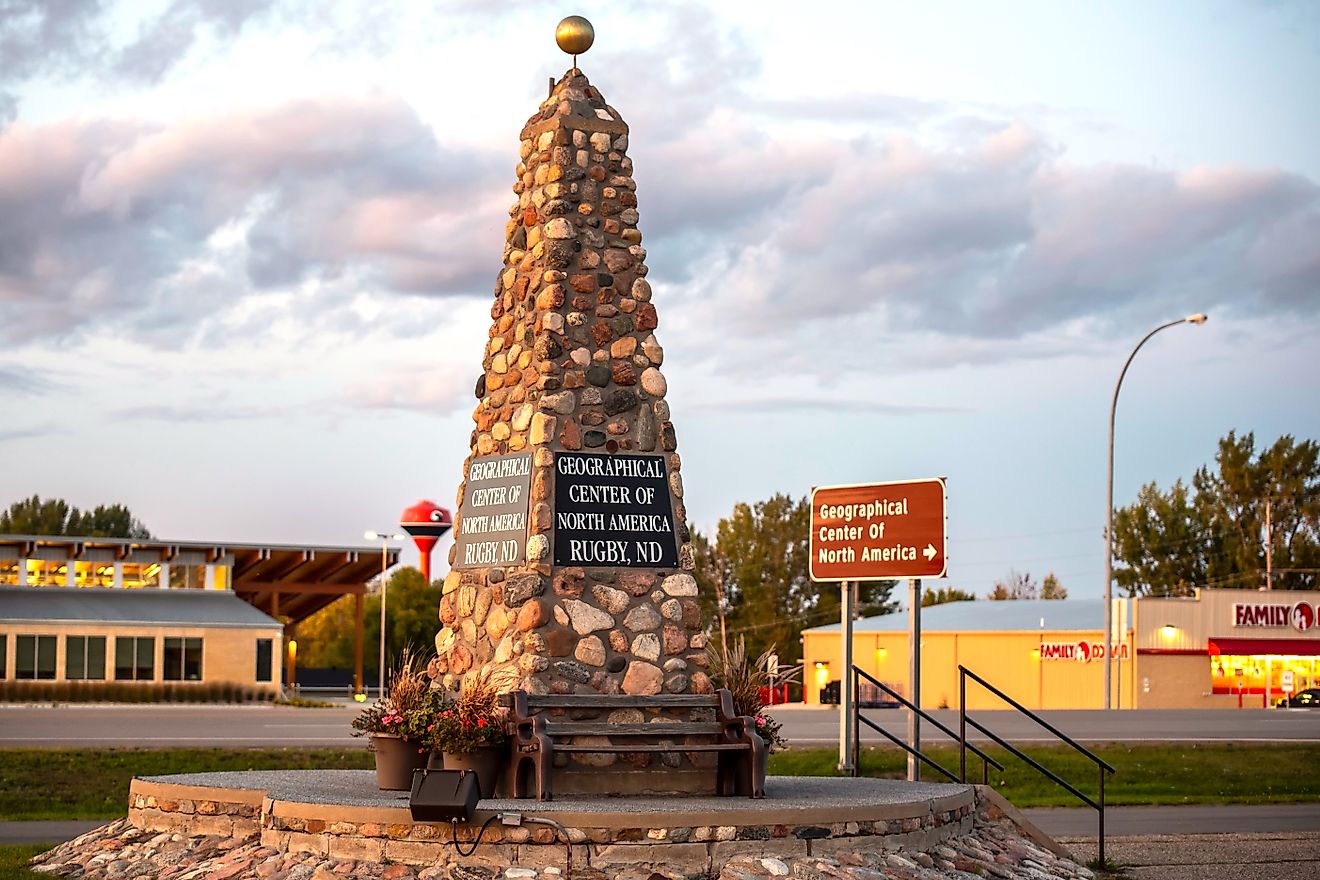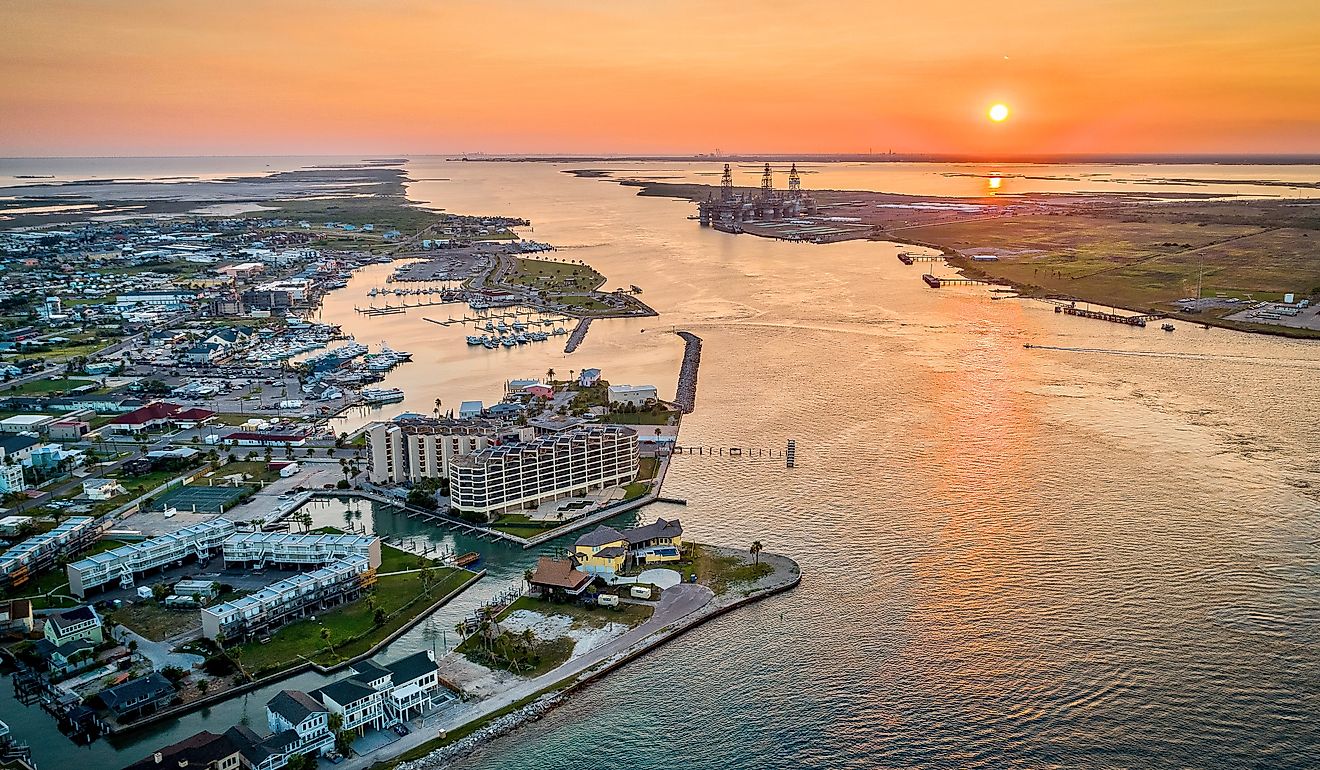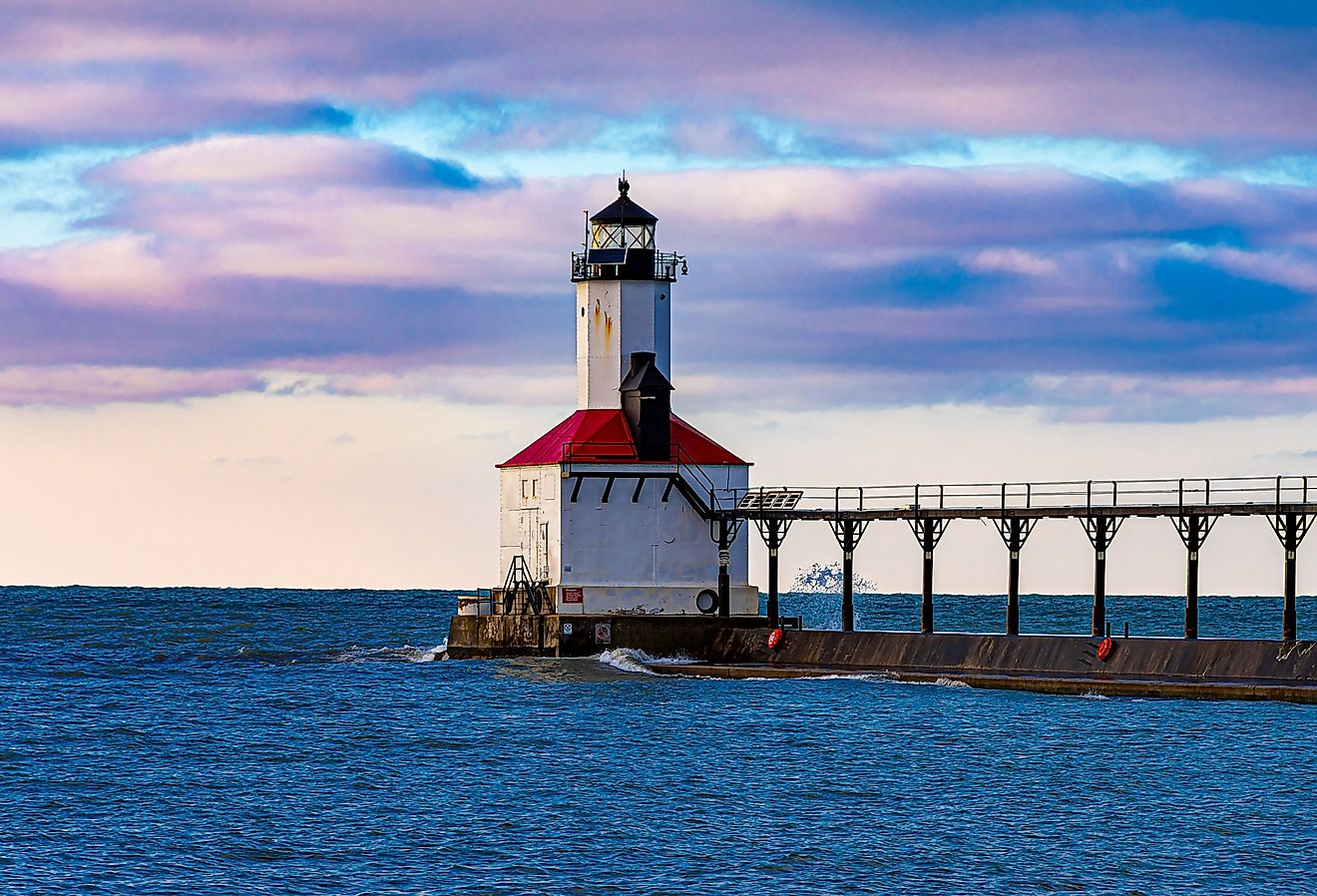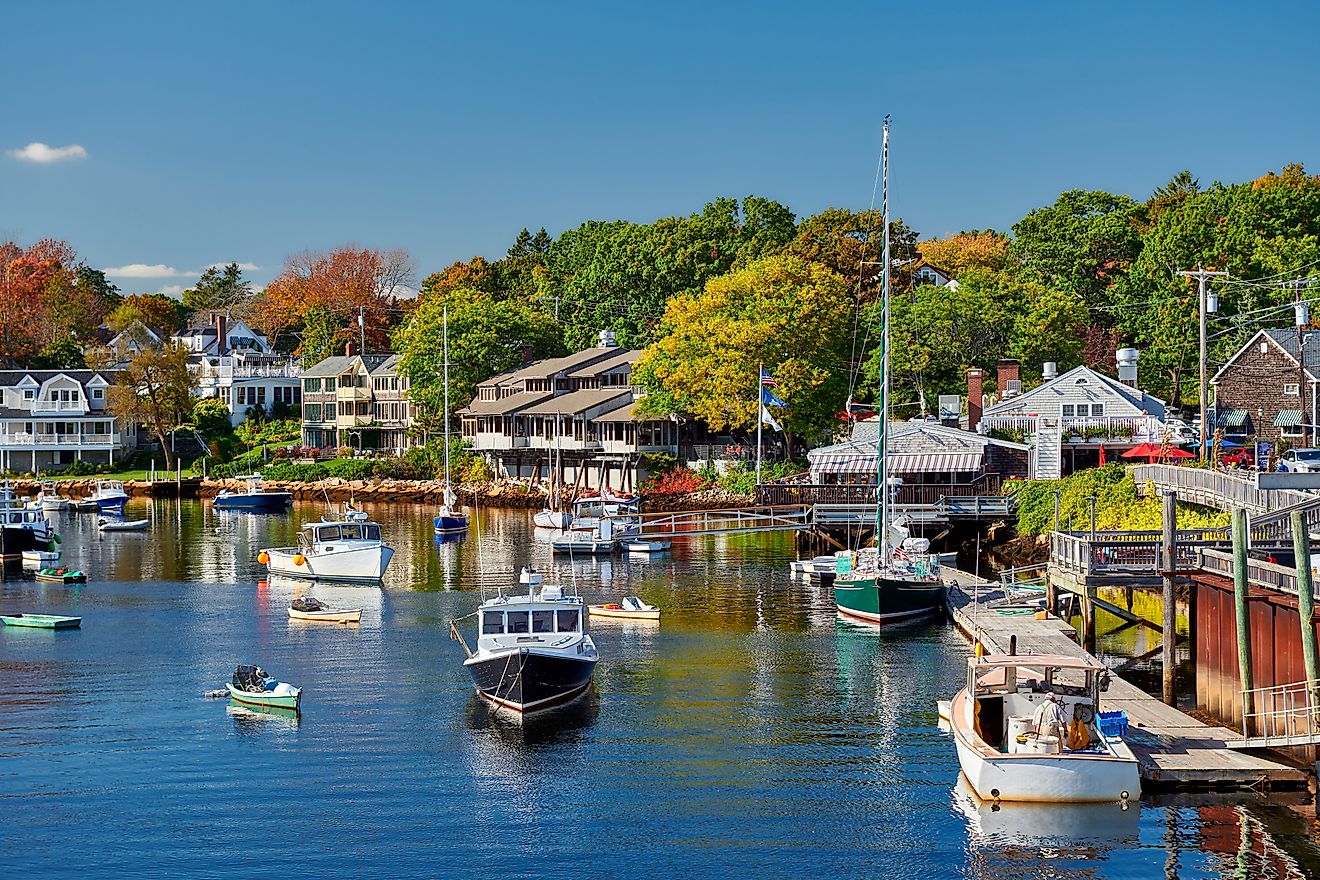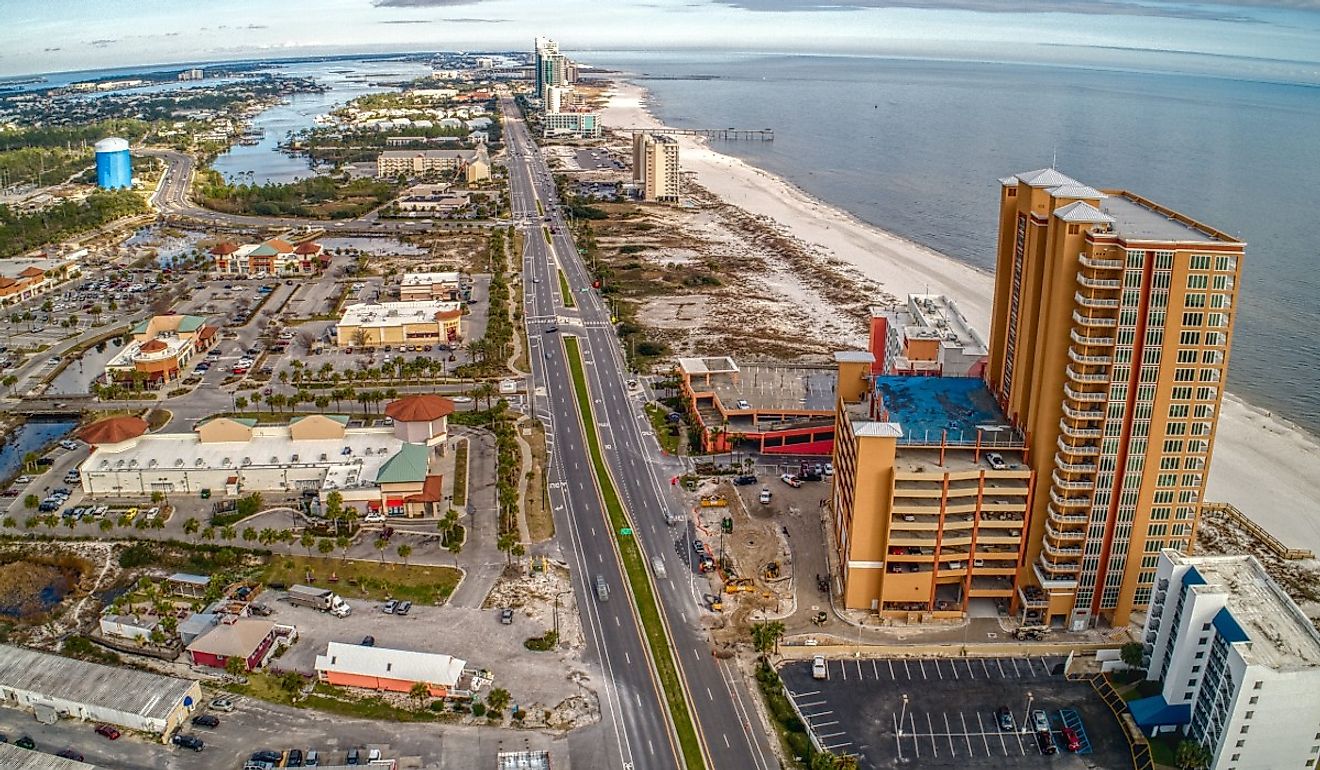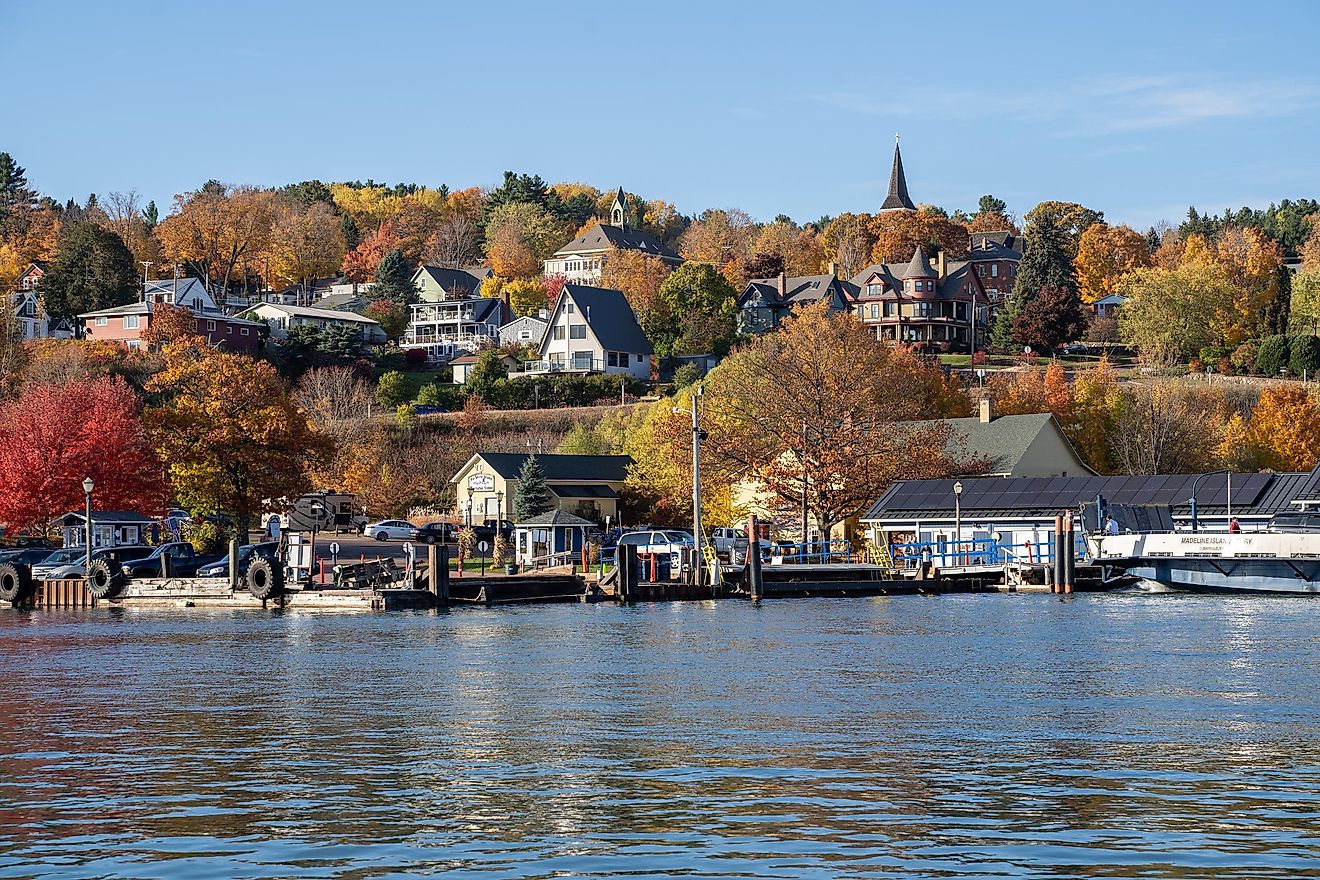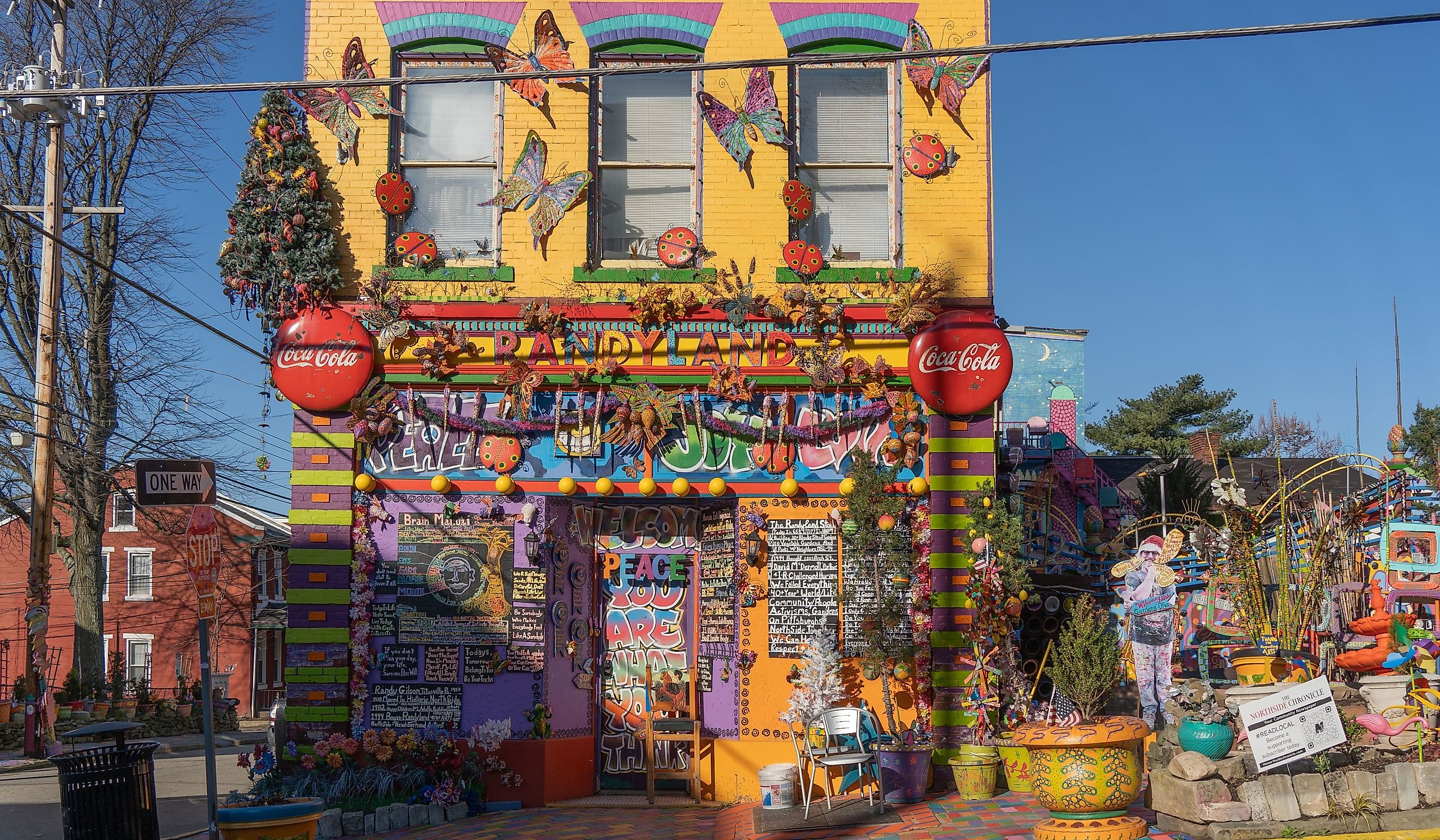
7 Strangest Landmarks in Pennsylvania
Pennsylvania is an excellent and sometimes underrated place to explore. Between Philadelphia on the coast and Pittsburgh in its western interior, there is so much to see and do, whether it be state or national park, going to a pro sports game, strolling its busy cityscapes, or experiencing its charming small towns.
Planning a road trip here is not difficult, but for those who want to get off the beaten path, there are some lesser-known, perhaps stranger, destinations you can check out too. Let's take a look at 7 of these curious landmarks that can be found in all corners of the state today.
Haines Shoe House
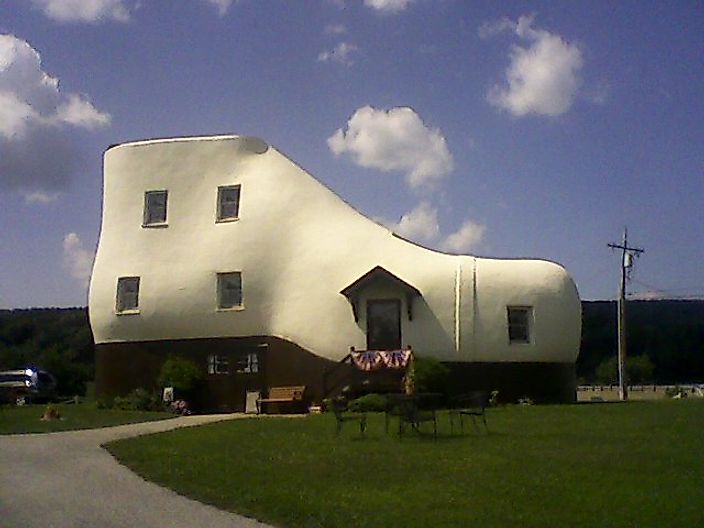
Built in 1948 by shoe salesman Mahlon Haines, the Haines Shoe House is a five-story building shaped like a... shoe. Originally intended as an advertising gimmick for his successful shoe business, Haines eventually offered the structure as a vacation house for elderly couples and newlyweds. The house includes a living room in the toe, a kitchen in the heel, and bedrooms in the ankle section.
It has also operated as a museum, an ice cream shop, and a rental property at various points in its history. Today, you can rent out the Shoe as a temporary living space, and it has been deemed as an appropriate accommodation for about 6 people.
Located just off Route 30 near the city of York, the Haine's Shoe House is certainly one of Pennsylvania’s most recognizable roadside attractions to date.
Gravity Hill

Gravity Hill, in Bedford County, is a puzzling optical illusion where cars, water, and other objects appear to roll uphill! Located along a quiet rural road, this natural phenomenon defies expectations, leading many to believe that there are supernatural or magnetic forces at play here.
The effect is actually caused by a unique landscape alignment that tricks the eye into perceiving a downward slope as an upward incline instead. Drivers who put their cars in neutral at the base of the hill will find their vehicles moving backward as if pulled by a mysterious and unseen force. Similar gravity-defying locations exist across the country and other parts of the world, but Pennsylvania’s Gravity Hill remains one of the most well-known. The road’s surroundings, with dense forests and the distant horizon, further contribute to the effect.
The site is open for anyone to test the phenomenon for themselves, as it is simply a well-placed public road. There are, however, official markers that will help guide you to the correct starting point to optimize the illusion.
Centralia (and its seemingly eternal fire)
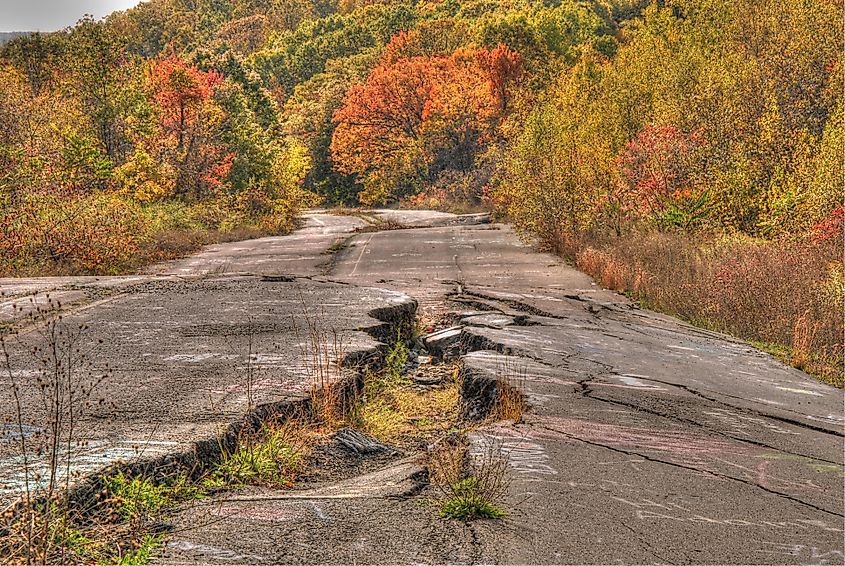
Beneath the nearly abandoned town of Centralia, an underground coal fire has been burning since 1962. Accidentally ignited in an old mine shaft, the fire spread through a network of coal seams, making the ground unstable and subsequently releasing toxic gases. Over time, roads cracked, sinkholes formed, and much of the town was evacuated. Now, only a handful of residents remain, and Centralia is largely a ghost town.
One of the strangest remnants of this disaster is an area where smoke and heat still escape from fissures in the ground. The most famous spot was Graffiti Highway, a stretch of abandoned roadway covered in colorful spray paint displays before being buried for safety reasons in 2020.
Though much of the visible fire damage has subsided, steam still seeps from underground vents in certain areas, and the land remains too dangerous for redevelopment. Centralia’s burning mine fire is expected to continue for decades, making it not just a haunting landmark but one of the most dangerous in Pennsylvania. Please be cautious if exploring the area.
The Big Coffee Pot
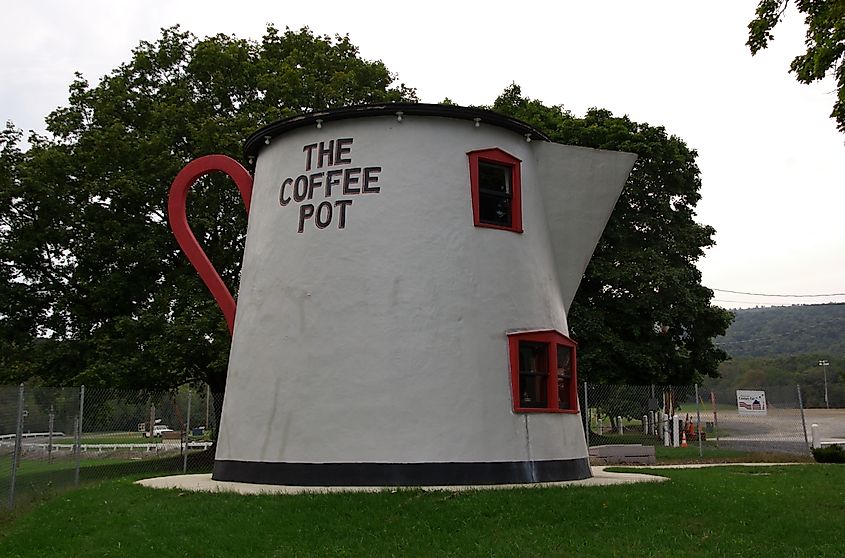
Created way back in 1927 as an eye-catching roadside attraction, the Coffee Pot in Bedford stands 18 feet tall and is shaped exactly like a giant percolator. Originally a lunch stand for travelers along the historic Lincoln Highway, the structure served coffee and snacks to passing motorists for decades before falling into disrepair when the highway was later rerouted and business dried up.
Recognizing its historical significance, the Lincoln Highway Heritage Corridor restored the Coffee Pot in 2004, preserving its status as a classic example of 20th-century roadside gimmickry. It now sits outside the Bedford County Fairgrounds, serving more as a goofy photo opportunity rather than a functioning business.
Randyland
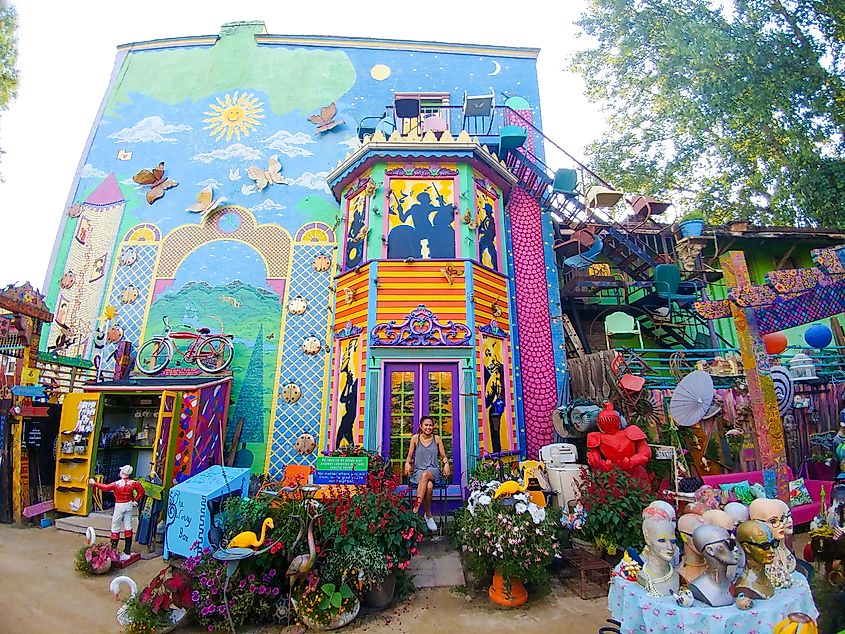
Randyland, located in Pittsburgh’s downtown North Side section, is best described as an explosion of pure color and creativity. Created by artist Randy Gilson in the 1990s, this outdoor art installation covers an entire house and courtyard with a patchwork of murals, repurposed objects, and sculptures. The site is best known for its bold colors, painted furniture, walls decorated in whimsical phrases and portraits, and all-around whacky vibe.
Gilson, who many consider a staple of the community, began transforming the space using discarded materials and bright paint, turning it into one of the most recognizable landmarks in the city.
You are currently able to walk around the courtyard, where mannequin heads, salvaged street signs, and mirrors create a surreal, interactive environment to explore. And unlike traditional "museums", Randyland encourages visitors to touch, photograph, and engage with the artwork.
While it remains an evolving project, entry has remained free, but donations help keep this unique Pittsburgh landmark thriving.
Philadelphia's Magic Gardens
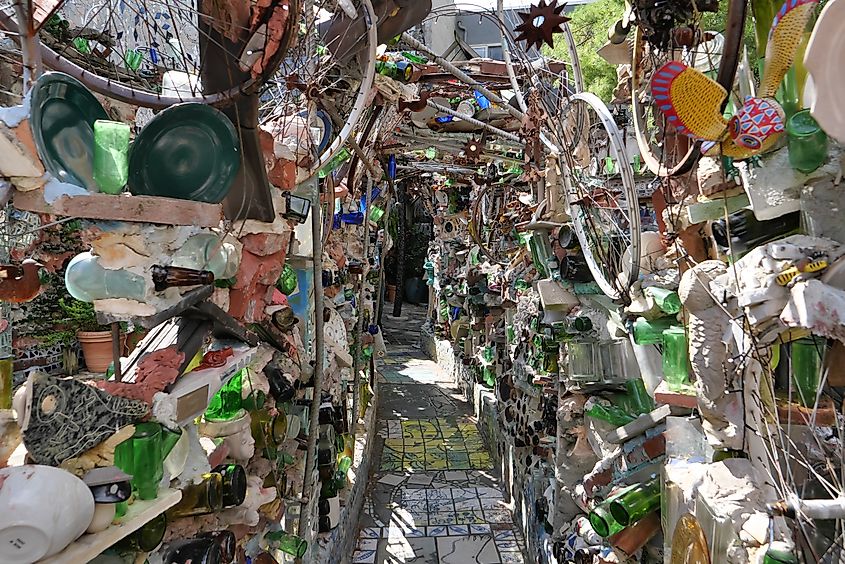
Philadelphia’s Magic Gardens is a vast mosaic-adorned environment covering nearly half a city block on South Street. Created by artist Isaiah Zagar, this immersive space consists of colorful tiles, mirrors, glass bottles, bicycle wheels, and recycled objects assembled to form one of the city's most impressive art installations.
Begun in the mid-90s as an extension of Zagar’s lifelong work of decorating various buildings with mosaics, the site finally opened to the public in 2008. The labyrinthine gardens include winding passageways, staircases, and hidden alcoves, all covered with handcrafted tiles and salvaged materials. Many of the mosaics feature personal and historical references, blending a number of influences, styles, and themes.
Philadelphia’s Magic Gardens operates as a nonprofit art space, offering exhibitions, workshops, and guided tours. Zagar’s work extends beyond the gardens too, with his signature mosaics visible in other spots throughout the South Street neighborhood.
Kinzua Bridge

The Kinzua Bridge, once the longest and tallest railroad viaduct in the world, now seems to have suddenly ceased to exist at a point halfway across a deep valley in northwestern Pennsylvania.
Explore These Curious Pennsylvanian Destinations Today
From otherworldy art installations to locations that seem to bend the laws of nature, the strange and curious side of Pennsylvania can be explored at any of these highly recommended attractions.
Regardless of which ones you decide to make the journey out to, any of these places will surely make your trip a memorable one, filled with experiences that not all can say they've had. Are there any odd areas of interest near you that should have made this list?


